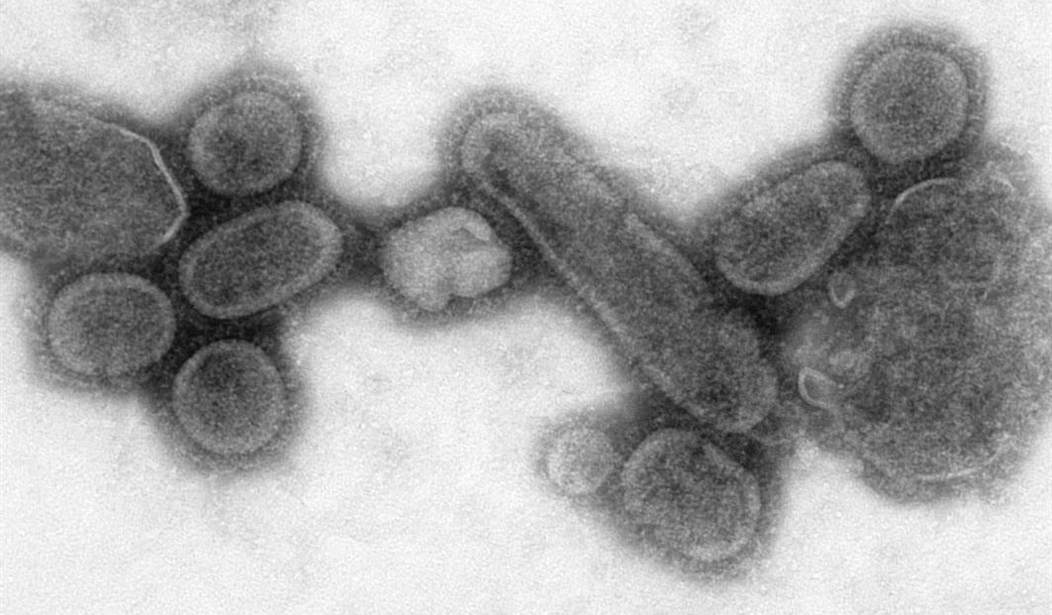With all the focus on the Wuhan virus pandemic over the last few weeks, and the subsequent purposeful hysteria created by the Democrat-media complex, it is worthwhile to remember a truly horrific world health crisis – the worldwide influenza pandemic that started 102 years ago this month, as reported here:
Just before breakfast on the morning of March 4, Private Albert Gitchell of the U.S. Army reports to the hospital at Fort Riley, Kansas, complaining of the cold-like symptoms of sore throat, fever and headache. By noon, over 100 of his fellow soldiers had reported similar symptoms, marking what are believed to be the first cases in the historic influenza pandemic of 1918, later known as Spanish flu. The flu would eventually kill 675,000 Americans and an estimated 20 million to 50 million people around the world, proving to be a far deadlier force than even the First World War.
The Great War ended on November 11, but influenza continued to wreak international havoc, flaring again in the U.S. in an even more vicious wave with the return of soldiers from the war and eventually infecting an estimated 28 percent of the country’s population before it finally petered out.
More on the influenza pandemic from the Center for Disease Control’s official website:
It was caused by an H1N1 virus with genes of avian origin. Although there is not universal consensus regarding where the virus originated, it spread worldwide during 1918-1919. In the United States, it was first identified in military personnel in spring 1918. It is estimated that about 500 million people or one-third of the world’s population became infected with this virus. The number of deaths was estimated to be at least 50 million worldwide with about 675,000 occurring in the United States.
Mortality was high in people younger than 5 years old, 20-40 years old, and 65 years and older. The high mortality in healthy people, including those in the 20-40 year age group, was a unique feature of this pandemic. While the 1918 H1N1 virus has been synthesized and evaluated, the properties that made it so devastating are not well understood. With no vaccine to protect against influenza infection and no antibiotics to treat secondary bacterial infections that can be associated with influenza infections, control efforts worldwide were limited to non-pharmaceutical interventions such as isolation, quarantine, good personal hygiene, use of disinfectants, and limitations of public gatherings, which were applied unevenly.
Medical science was rudimentary 100 years ago and has advanced greatly since that pandemic. Thank God we live in an age in which pharmaceutical research laboratories can accelerate the development of vaccines and drugs capable of dealing with new viruses – and hopefully the Wuhan virus. Tests are already underway on an experimental antiviral drug, as reported here:
An American biotech company says it is working with Chinese authorities to determine whether the antiviral drug remdesivir may provide an effective treatment for victims of the fast-spreading coronavirus known as COVID-19. The Chinese researchers hope to have the answer by May 1.
Officials of Gilead Sciences, which invented remdesivir as a treatment for Ebola and another disease, told VOA the company has initiated two clinical trials among infected patients “to determine the safety and efficacy of remdesivir as a potential treatment for the coronavirus.”
Pause to reflect on what your grandparents and/or great grandparents endured, and be thankful that you are alive today and not having to face the unknowns of influenza alone as they did 102 years ago.
The end.














